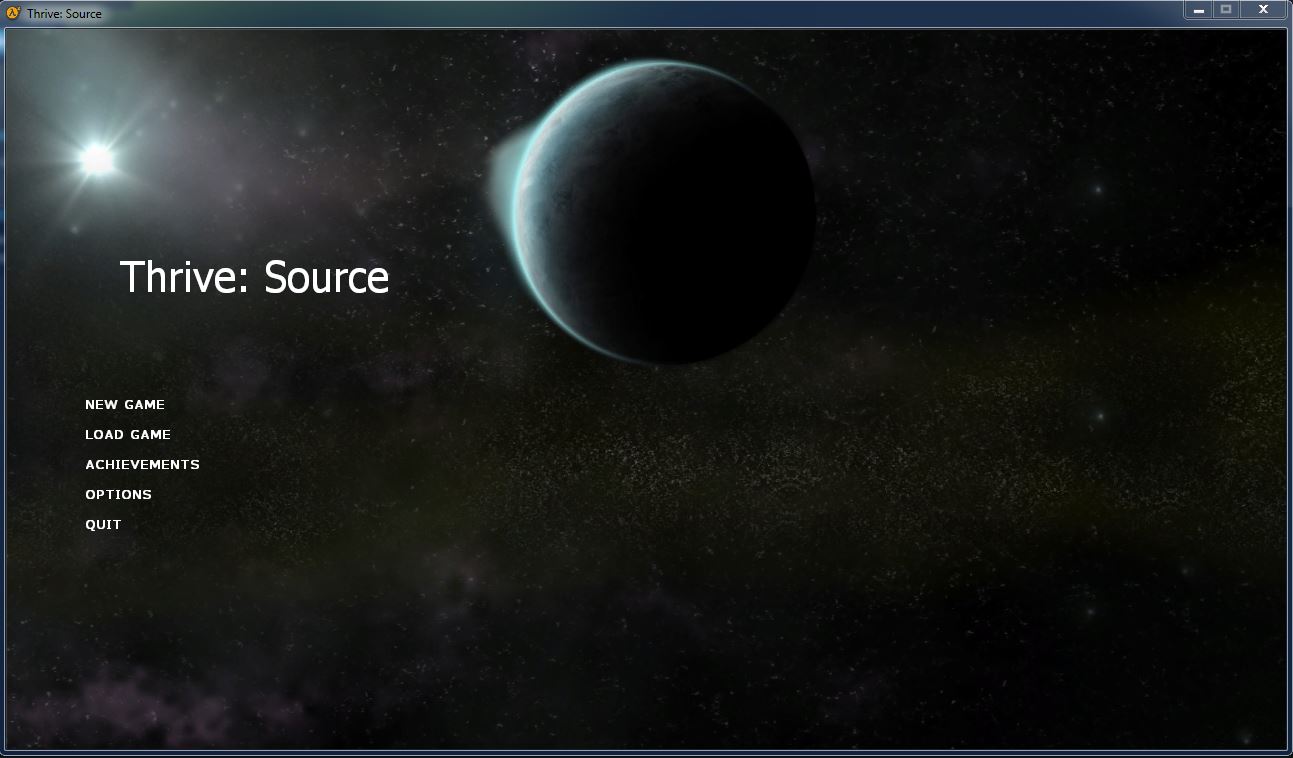It will be multiplatform when the first stage will be half or entirely completed on my version. However, it won’t be on Steam rightaway, so I’ll have to put it on Github or send you the game. Also, I just have decided to make the game 3D AND 2.5D by putting a camera changing feature just like Witcher 1 (except it was 3D only, and so not 2.5D; also, don’t play this game if you’re not at least 16). And yes, 3D would be cool, so I’ll probably have to consider maps as chunks when I’ll include a procedural generation feature (meaning the planet).
For now, I’ll make the maps for 3D only for the sake of simplicity (you would play as fish Gordon Freeman, lol). Then, I’ll put intro videos with SFM. Finally (before programming and scripting), I will need the help of art dev team (meaning people like you,
@QuantumCrab ) for 3D models. Also, animations will be changed a bit. For instance, in original Thrive version, the cell’s membrane isn’t a part of it (membrane is not programmed, at least that’s what I think), so when performing phagocytosis, the attacking cell is just going through its victim.
However, in my version, I will try to make it more realistic : instead of going through the victim, the attacking cell’s membrane will SURROUND its victim before killing it, for that’s how it works. That means I will need your help for making a membrane 3D model. Of course, I will try to learn Blender, but, argh, it’s so complex! But it’s free! Maya is simple, though it is 500’000$, so screw it. Overall, I will count minimally on your help, because I have to upgrade my skills, so that I can be autonomous. But, advice and help are really good when I need them.

